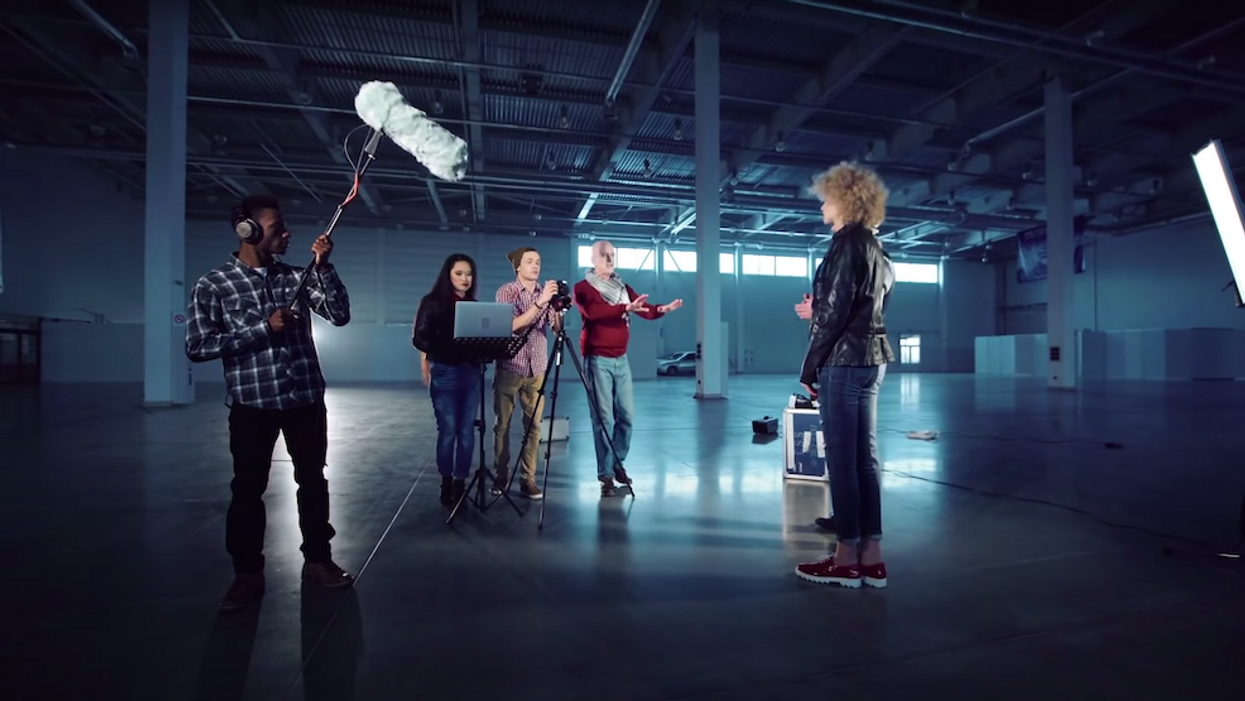Your Guide to Cinematic Composition, Lighting, and Movement
Improve your filmmaking skills with these helpful tutorials from Tomorrow's Filmmakers.

There are a ton of how-to filmmaking videos available to learn from online, and few do it better than the people over at Tomorrow's Filmmakers.
Their YouTube channel is full of useful information, whether you're learning how to operate a gimbal, start a business, wanting to make your own slate, or learning the basics of a camera.
More recently, the team has pulled out three topics from its filmmaking course and put them online for us to watch: Cinematic Composition, Cinematic Movement, and Cinematic Lighting. While they won't tackle everything under the sun (no video really can) the series is a fantastic primer to get you to start thinking differently when it comes to technique.
Check the videos out below.
8 Steps to Cinematic Composition
When it comes to making cinematic compositions there are certain things you should consider.
As the video points out, you're going to want to think about balancing the frame, filling the frame, symmetry, having a dominant subject, proper headroom, and what's going on in the background and foreground. But as we know as filmmakers, you can throw any one of these rules out the door if your story calls for it.
Mr. Robot is a great example of how cinematographer Tod Cambell broke "the rules" of headroom and chose unique compositions to tell us something more about the character or story.
8 Steps to Cinematic Lighting
Lighting is something you need to know to make it far as a cinematographer. While there are more than eight steps to cinematic lighting, Tomorrow's Filmmakers break down the importance of lighting very well in the video above. What we love about the video is how much they reinforce the idea that having good lighting is more important than the camera. And that it doesn't take expensive fixtures to create an alluring frame.
The biggest takeaway is that every filmmaker should know lighting direction. It's important to position your lighting so that your subjects are keyed in the most advantageous way. Generally, that's done with the key light 45° from the camera. Even if you don't have any lights, it's important to position your subject in a place that will create a natural-looking image using ambient lighting or sun.
8 Steps to Cinematic Movement
No matter how many YouTube videos you watch, shooting 4K 120p isn't the only key to cinematic movement. When it comes to physically moving your camera, the general rule is the slower the better. Even if you think you're going slow, go slower.
Today's mirrorless cameras are very light, and even when rigged out, they're much lighter than cinema cameras from ARRI, RED, Sony, and Canon. So keep that in mind when you start to move your camera.
While Tomorrow's Filmmaker makes some fantastic points, keep in mind they are not dogma. For instance, avoiding handheld is a great idea for those starting out, but it's really story-dependent, especially if you're shooting a documentary or going for a specific look.
Have any tips on creating a more cinematic image? Share them with the community below.











